
Getting outside and breathing in fresh air is a great part of summer, and it’s also the perfect opportunity to learn about the world we live in. The art of observation is a skill that is both useful and fun, especially with a little journal in which you can sketch and take notes.
Even very young children can enjoy finding things in nature and doing their best to draw what they see. Encourage the kids in your life to take note of the great outdoors this summer by giving them some printable mini books to keep with them on their adventures! Each book uses only one piece of paper and comes together with a few folds.
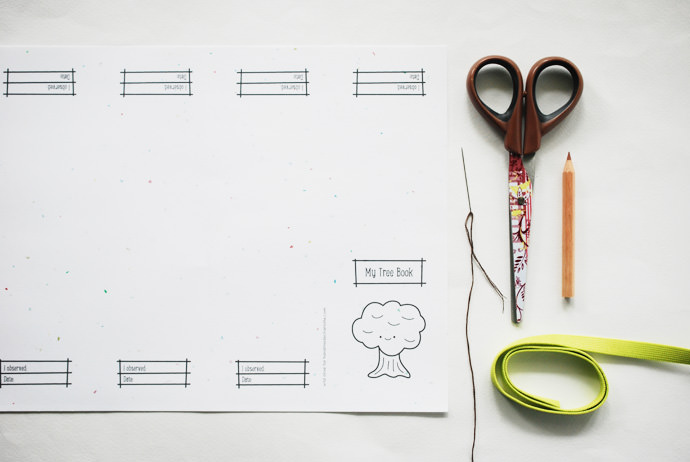
What You Need
- Printable Observation Books (download here)
- Scissors
- Elastic
- Needle
- Embroidery Floss
- Mini Pencil

Step 1
To assemble the books, print the book pages you want on regular paper. Each page of the PDF makes one book.
Step 2
Fold the page in half the long way, then open it up again. Fold the page in half the other way, and then fold it in half again. Open the second fold and use a pair of scissors to cut along the crease in the middle of the paper, stopping at the intersection of creases.
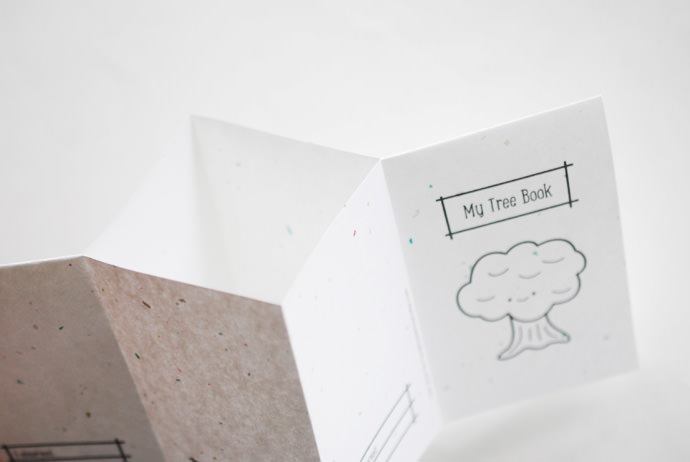
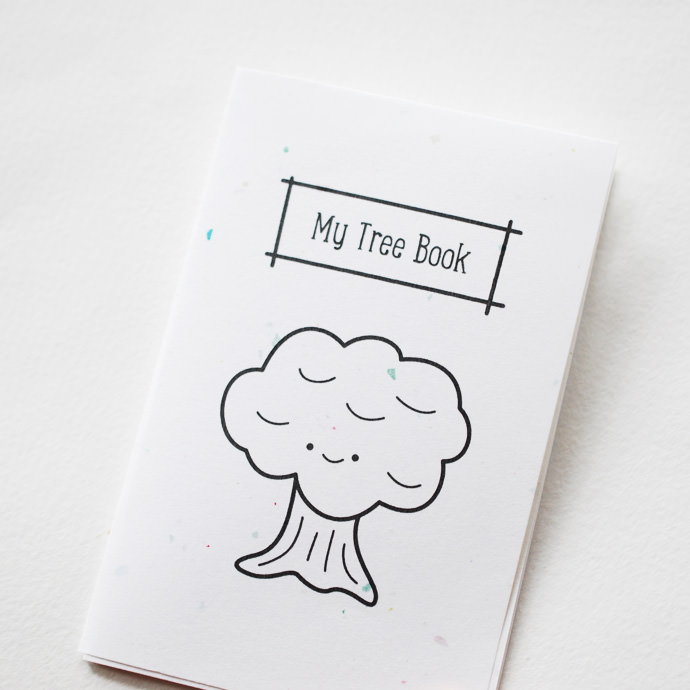
Step 3
Hold the sides and push them toward the center, opening up the cut you made. Fold the pages into a book so that the cover shows on the front.
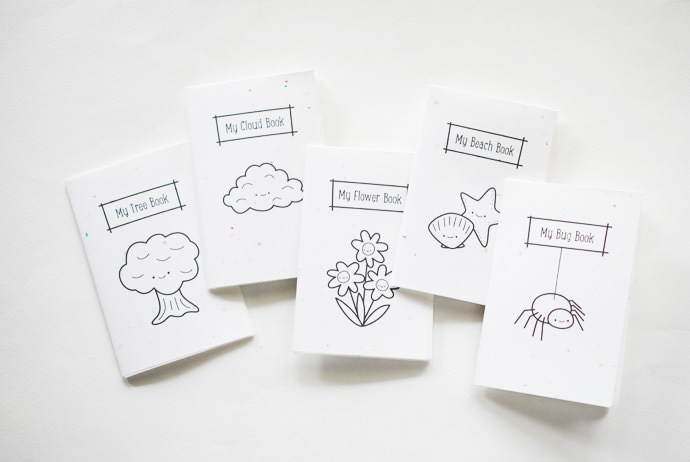
Step 4
Assemble all of the books so you’re ready to observe all kinds of nature! You may even want to make a bunch of certain books, for example, if you’ve got a bug-loving little one!
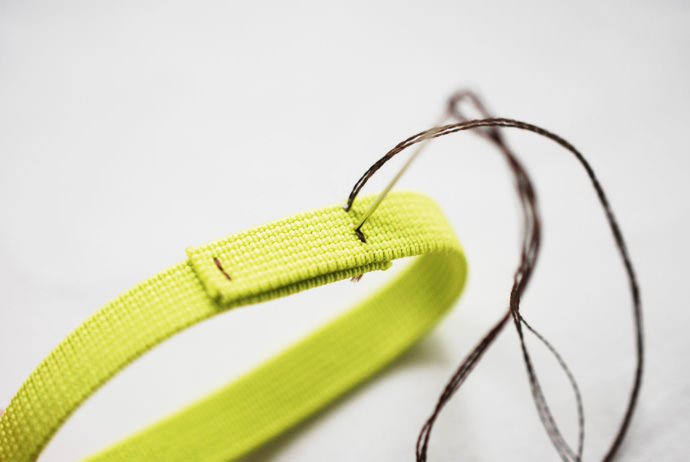
Step 5
To keep these little books together on explorations, cut a piece of elastic so that the ends overlap by one inch while fitting snugly around the stack of Observation Books. (The piece I used was seven inches long.) Overlap the ends, then use a needle threaded with embroidery floss to stitch down the ends. Be sure to leave a gap in the middle, because this will be used to hold your pencil!
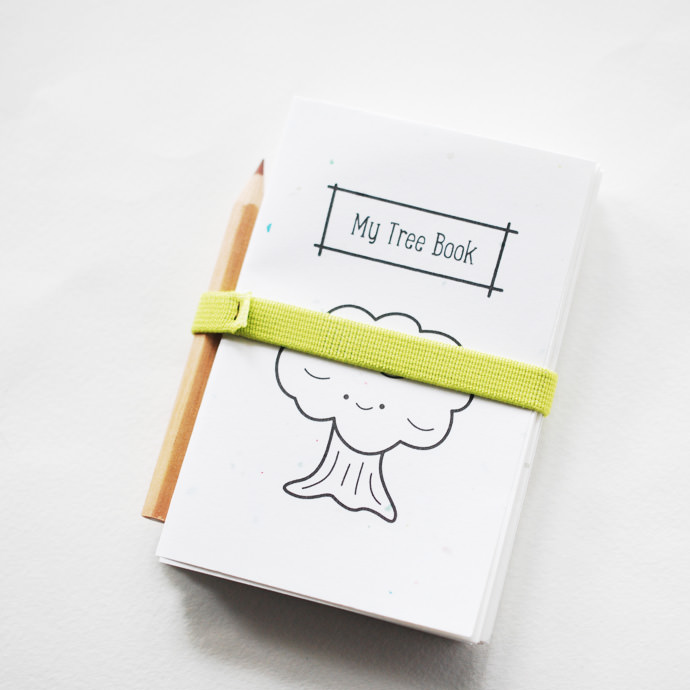
Wrap the band around books, slide a mini pencil into the band, then head out on an observation expedition!

Learning to draw what you see takes time, so encourage children (or yourself!) to look carefully and frequently at what is being sketched. Add notes about special characteristics or things that stand out. And of course, there’s space on each page to date the drawing so you’ll always have a record of your summer observations!